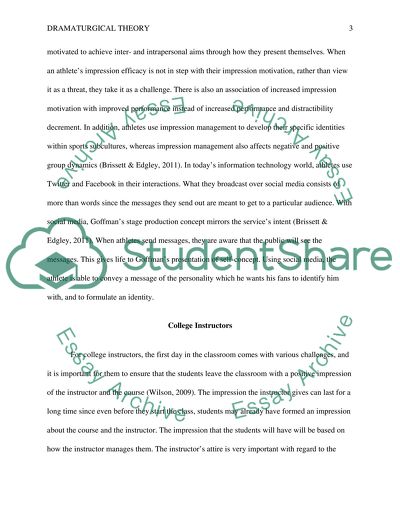Cite this document
(“Dramaturgical Theory Research Paper Example | Topics and Well Written Essays - 1750 words”, n.d.)
Dramaturgical Theory Research Paper Example | Topics and Well Written Essays - 1750 words. Retrieved from https://studentshare.org/sociology/1485472-dramaturgical-theory
Dramaturgical Theory Research Paper Example | Topics and Well Written Essays - 1750 words. Retrieved from https://studentshare.org/sociology/1485472-dramaturgical-theory
(Dramaturgical Theory Research Paper Example | Topics and Well Written Essays - 1750 Words)
Dramaturgical Theory Research Paper Example | Topics and Well Written Essays - 1750 Words. https://studentshare.org/sociology/1485472-dramaturgical-theory.
Dramaturgical Theory Research Paper Example | Topics and Well Written Essays - 1750 Words. https://studentshare.org/sociology/1485472-dramaturgical-theory.
“Dramaturgical Theory Research Paper Example | Topics and Well Written Essays - 1750 Words”, n.d. https://studentshare.org/sociology/1485472-dramaturgical-theory.


